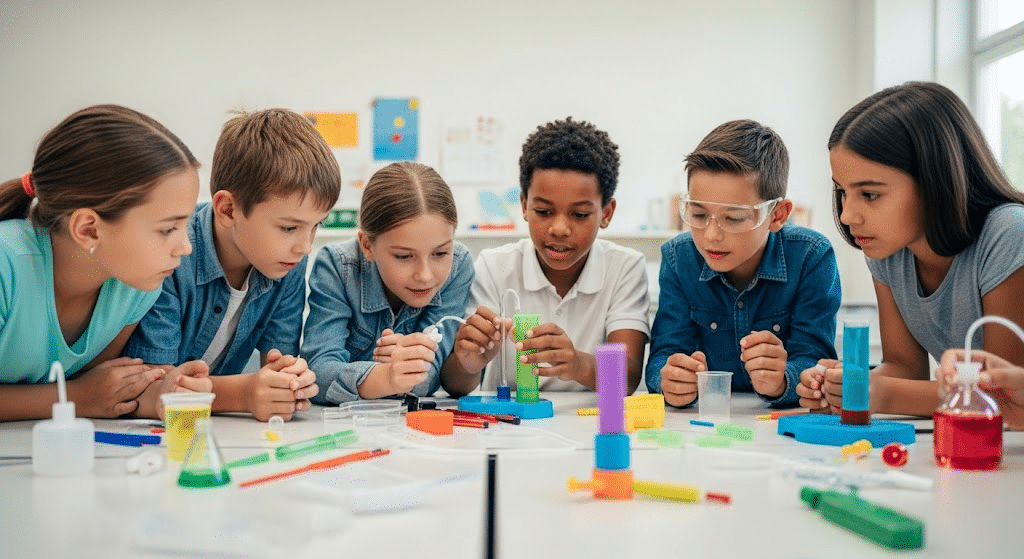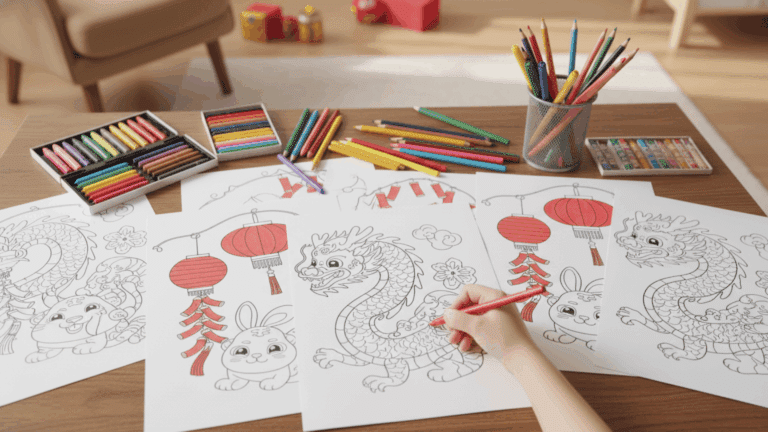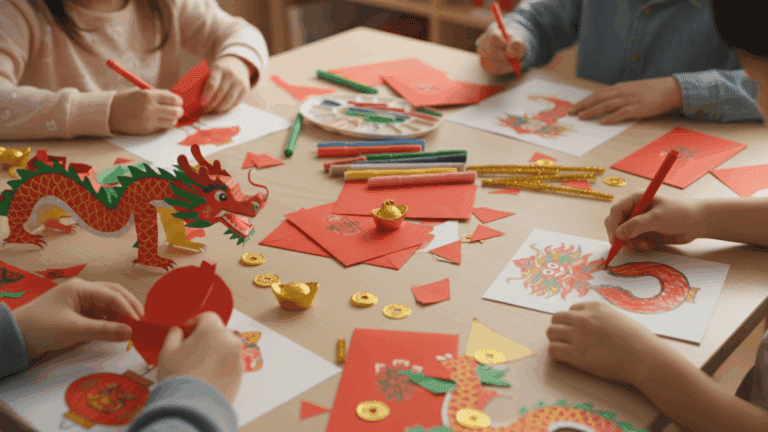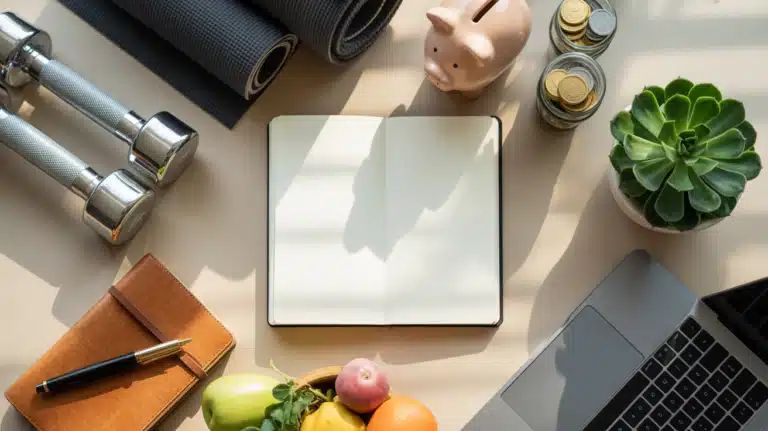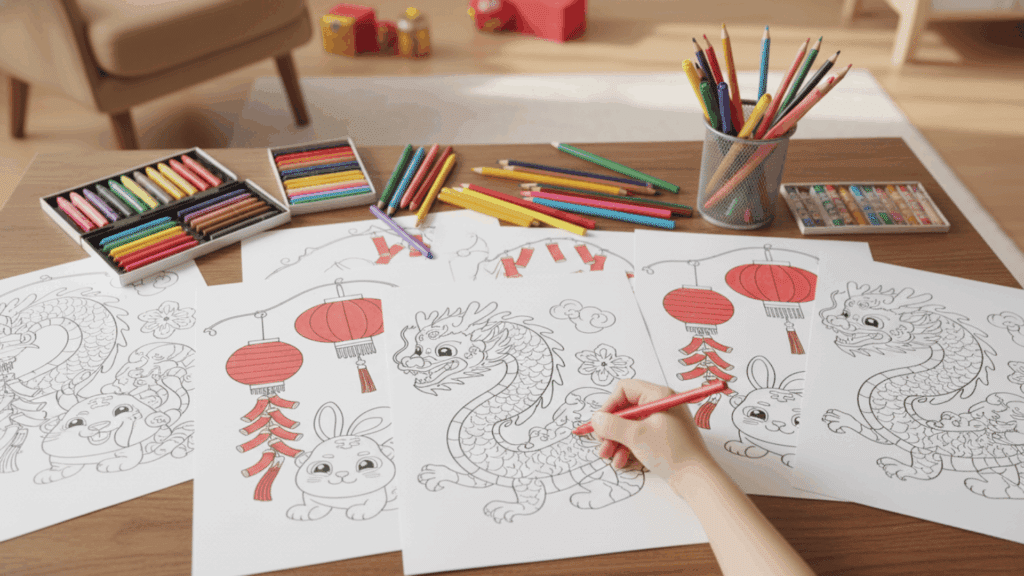Students remember only 10% of what they read, but they retain 90% of what they do. Traditional classroom methods often leave learners struggling to apply knowledge in real situations.
Yet hands-on learning offers a solution that changes how people absorb and use information.
As educators and companies increasingly turn to immersive experiences, practical learning methods are gaining momentum.
This article presents proven techniques that make learning stick through direct experience and active participation.
Hands on Learning and Its Benefits
Hands-on learning means students actively participate instead of just listening or reading. They touch, build, experiment, and practice skills directly.
This approach taps into kinesthetic learning styles, where physical movement helps the brain process information better. Research shows that active engagement creates stronger neural pathways than passive absorption.
Historically, education relied on rote memorization and lectures. But modern understanding of how brains work has shifted focus to experiential methods.
A toddler learns to walk by trying, not by studying balance theory.
Similarly, medical students practice on simulators before treating real patients. Adults master cooking through hands-on practice, not just reading recipes.
Core Principles of Effective Hands-On Learning
Successful learning rests on four key pillars that work together to create meaningful experiences.
- Collaboration: Students learn better when they work together, sharing ideas and solving problems as a team
- Experimentation: Learners need safe spaces to try, fail, and try again without fear of judgment
- Reflection: Taking time to think about what worked and what didn’t helps solidify learning
- Iteration: Repeating and improving based on feedback creates a deeper understanding
Teachers act as guides rather than lecturers. They ask questions, provide resources, and step back to let discovery happen naturally. This approach adapts well to different settings.
In-person classes use physical materials and group work. Hybrid environments blend digital tools with hands-on activities. Homeschool families create learning stations and real-world projects that fit their space and schedule.
Real-World Strategies for Hands-On Learning
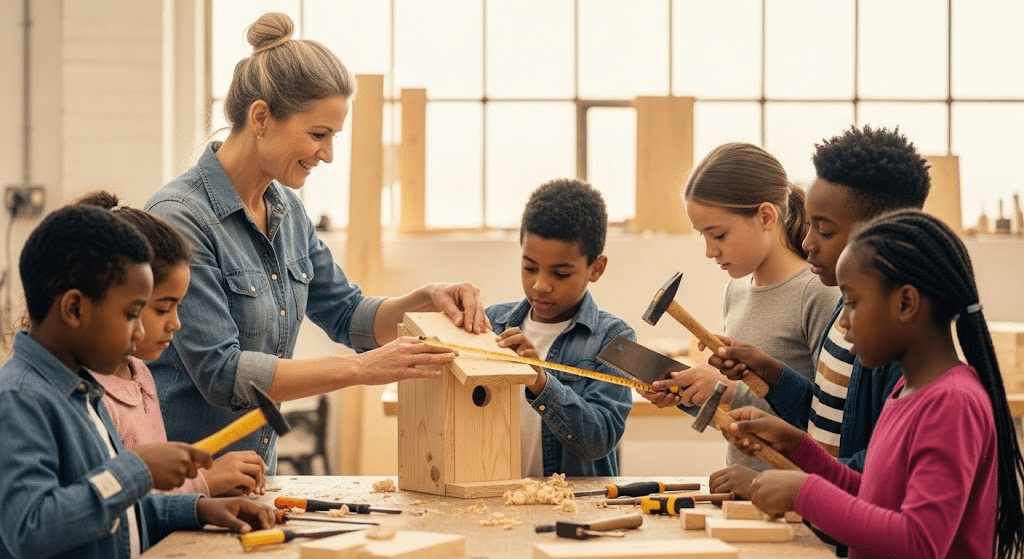
Moving from understanding hands on learning to actually using it requires careful planning.
Educators and parents often feel overwhelmed by where to start. But successful implementation follows a clear pattern that anyone can master.
Step-by-Step Implementation Guide
- Start with Clear Learning Objectives: Define what students should know or do by the end of the activity. Write these goals in simple terms that students can understand. For example, “Students will identify three types of rocks by touching and examining real samples” works better than vague statements about “understanding geology.”
- Design Sensory-Rich Activities: Include multiple senses in every lesson. Students might touch textures, hear sounds, see colors, or even taste safe materials. A history lesson about ancient Egypt becomes memorable when students feel papyrus, smell spices, and build miniature pyramids with their hands.
- Build in Scaffolding and Reflection: Break complex tasks into smaller steps. Provide support early, then gradually let students work independently. After each activity, ask students what they learned and how they figured things out. This reflection time helps cement the learning.
Common Pitfalls to Avoid
Many educators make these mistakes when starting learning programs. They need backup plans and flexible classroom management strategies.
- First, they create activities that look fun but lack a clear educational purpose.
- Second, they skip the planning phase and jump straight into projects.
- Third, they forget to connect hands-on work back to academic concepts.
- Another major pitfall is not preparing for mess and noise. It gets loud and sometimes messy.
Assessing Effectiveness
Look for these signs that learning is working. Students ask more questions during activities. They remember information longer between lessons.
Group discussions become more detailed and thoughtful. Most importantly, students start making connections between different subjects on their own.
Track progress through photos, student reflections, and quick skill checks. Traditional tests don’t always capture what students learn through experience. Instead, watch how they apply skills in new situations.
Creative Hands-On Learning Activities for Different Age Groups
Different ages need different approaches to learning. Young children learn through their senses, while older students can handle complex projects.
Here’s how to match activities with developmental stages.
| Age Group | Key Focus | Effective Activities |
|---|---|---|
| Early Learners (3-6 years) | Sensory exploration and basic motor skills | Tactile play with clay, sand, and water, Sensory bins filled with rice, Simple cooking tasks like mixing and pouring |
| Elementary (6-12 years) | Problem-solving and creativity | STEM experiments with volcanoes and magnets, Maker projects using cardboard and recycled materials, Storytelling with costumes and prop |
| Teens & Beyond (13+ years) | Real-world application and complex thinking | Real-world simulations like mock trials or business plans, Coding projects that solve actual problems, Service-based learning in community settings |
Each stage builds on the previous one. But the common thread remains the same – students learn best when they can touch, create, and experiment with their own hands.
Future Trends and Developments in Hands-On Learning

Technology is reshaping how students experience hands on learning. New tools create possibilities that seemed impossible just a few years ago.
1. Tech-Integrated Experiential Learning: AR and VR labs let students walk through ancient Rome or perform virtual surgeries. 3D printing brings ideas to life instantly. Interactive digital environments make abstract concepts touchable and real.
2. Personalized Learning Pathway: AI systems now track how each student learns best. They suggest activities that match individual interests and learning speeds. This means more engaging experiences for everyone.
3. Cross-Disciplinary Experiences: STEAM education adds arts to traditional STEM subjects. Students might design beautiful bridges or create music with coding. This blend helps learners see connections between different fields.
4. Global Collaboration: Virtual exchange programs connect classrooms worldwide. Students work on real projects with peers from different countries. They solve global problems together, building both skills and cultural understanding.
The Final Thought
Hands on learning changes how people absorb and remember information for life. It builds curiosity that lasts long after formal education ends.
The evidence is clear: when students touch, create, and experiment, they develop a deeper understanding than any textbook can provide.
Now it’s time to act. Educators, parents, and administrators must step beyond their comfort zones. Try new methods. Let students get messy.
Create spaces where learning happens naturally. The future belongs to learners who can adapt and solve real problems.


